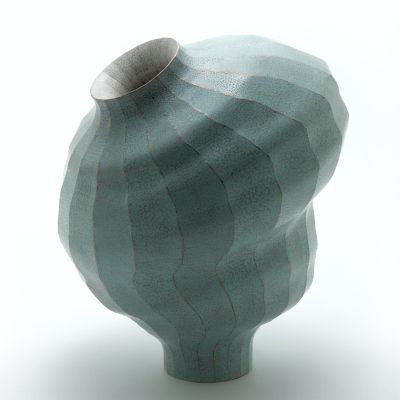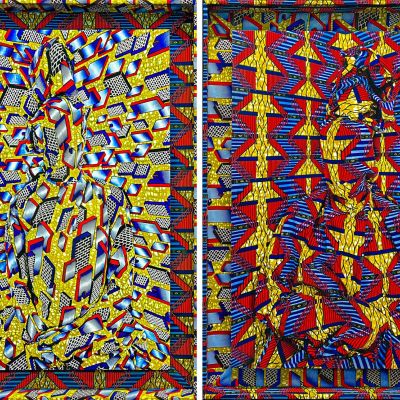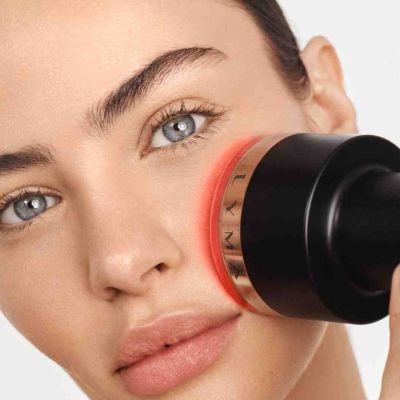Using Superyachts For Science
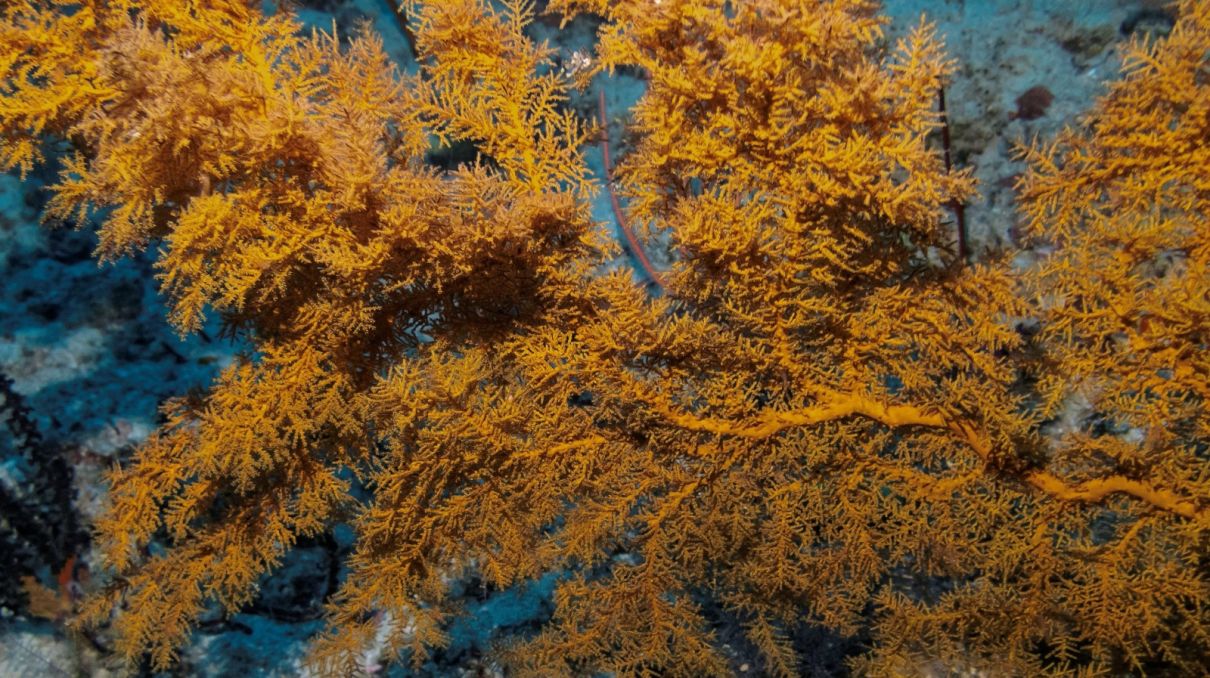
A call for superyacht owners to lend their vessels in the name of scientific research.
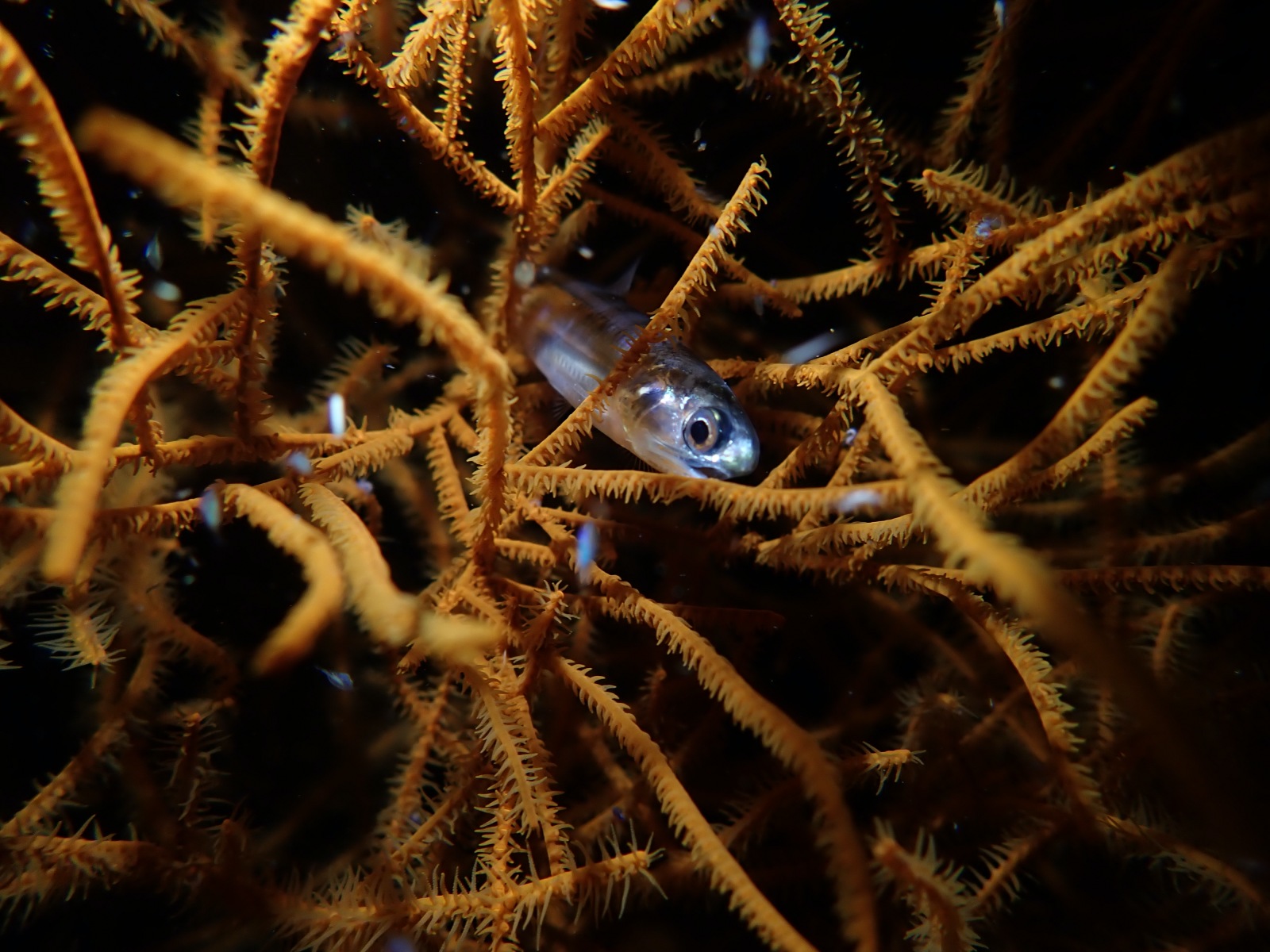
Despite centuries of venturing to sea, we have only discovered an estimated 9 percent of the species living within the ocean and we know more about the moon than the ocean floor. The lack of access to the sea is a fundamental problem for marine scientists and conservation experts when understanding the ocean ecosystem.
A new platform seeking to 'matchmake' superyachts with oceanologists who require vessels for ocean research, is hoping to help us better understand the deepest parts of the sea.
A collaboration between BOAT International Media, research foundation Nekton, the Arksen Foundation and the Ocean Family Foundation, launched the ‘Yachts for Science’ project yesterday, World Ocean Day, following a pilot mission which explored the black corals in the Raja Ampat region of Indonesia in January 2020.
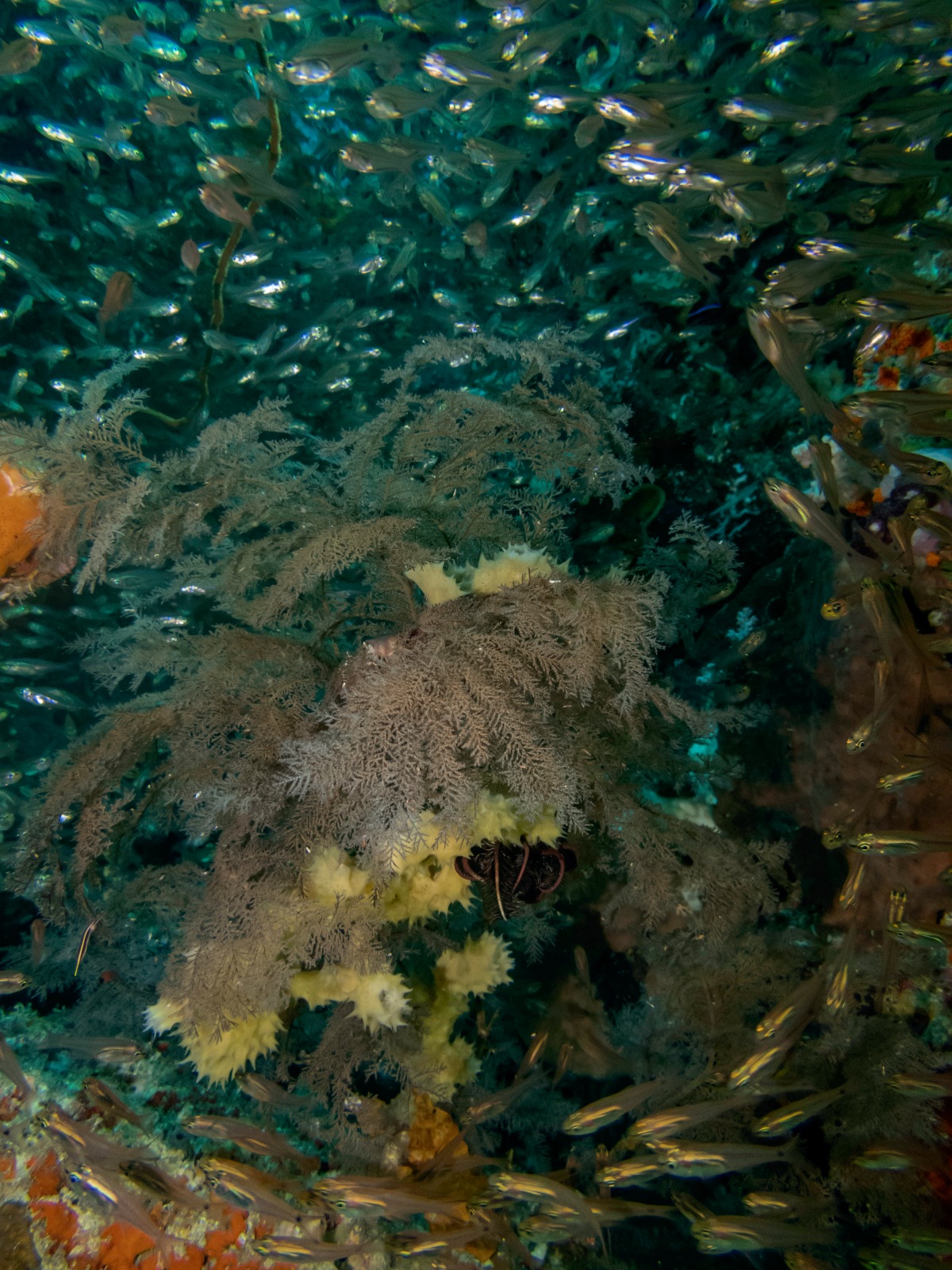
The first successful Yachts for Science pairing studied the black corals in the Raja Ampat region of Indonesia for two weeks onboard luxury charter yacht Dunia Baru, owned by Mark Robba.
It was led by marine scientist Dr Erika Gress and her team of four marine biologists from the University of Papua (UNIPA), Manokwari and the NGO Bionesia. The aim was to gain insights into the abundance and diversity of black corals and their role as fundamental habitat providers in Raja Ampat reefs. This study will ultimately provide information on the black coral ecology and the reefs they thrive in.
The main exploration took place in an area known as the Coral Triangle, which is renowned for the density of its marine organisms and boasts the largest diversity of corals on the planet. The topography is stunning both above and below water, changing dramatically from east to west with the north-west dominated by low lying sand atolls and the south-east by cast rock structures with large vertical walls.
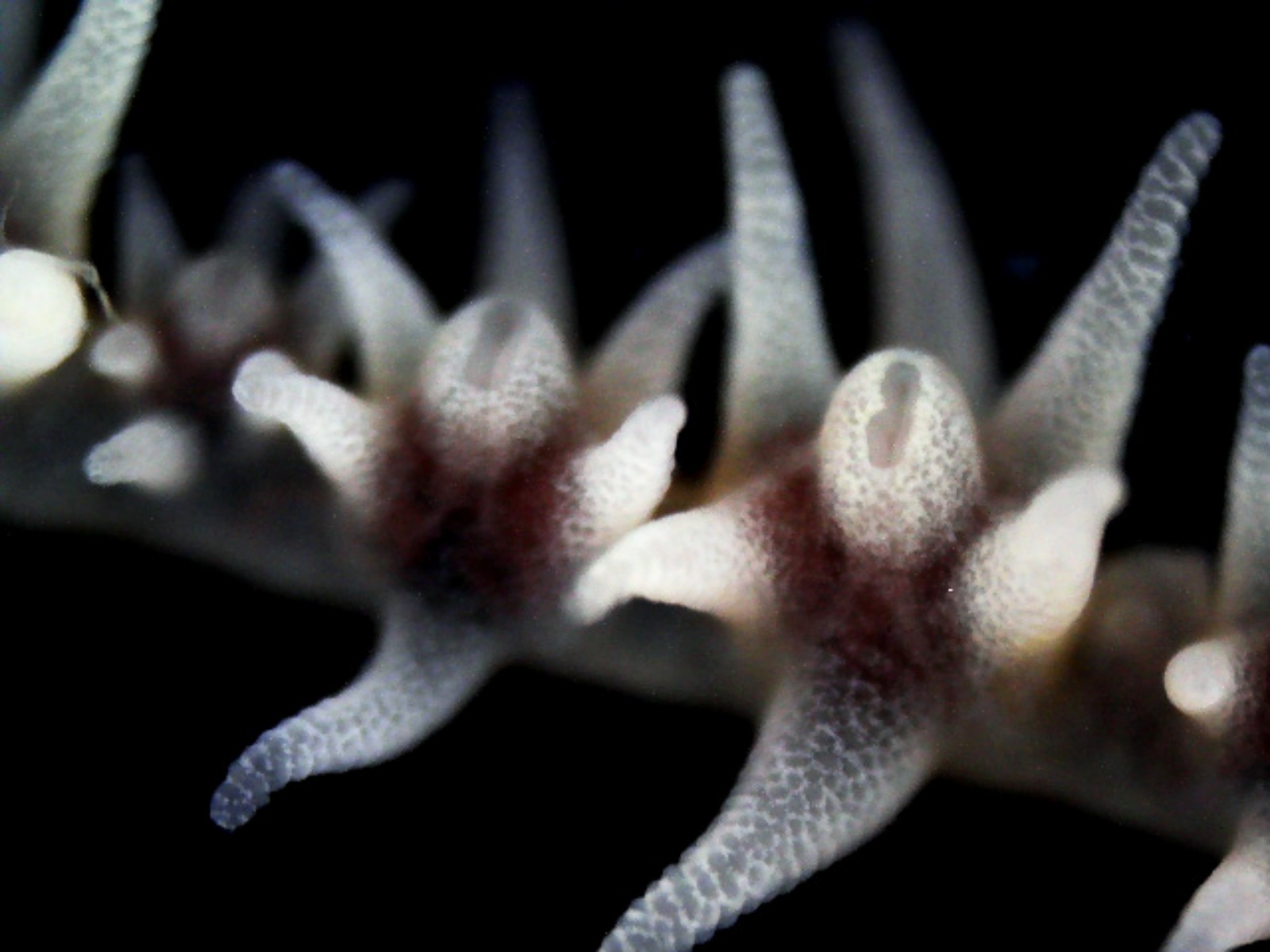
An abundance of colonies seem to favour the south-eastern region, where reefs were in generally in better condition than on the west side of Misool, outside the protected area. It also appears to support a high diversity of black corals, possibly including undescribed species. “We were only able to do one night dive,” recalls Gress, “but it was one of the best of the whole trip. Many of the marine organisms and invertebrates like shrimps and crabs that use black coral as habitat are more active at night and it was easier see them.”
Future planned expeditions include a study of deep scattering layers led by Professor Andrew Brierley of the University of St Andrews. “Deep scattering layers are almost like an outer space environment,” says Professor Andrew Brierley. “Extraordinary animals hang there in the twilight or total darkness. Lanternfish, for example, with their flashing photophores, wonderful crustaceans and giant shrimp. It will give us a completely new window into an aspect of the world’s ocean that we don’t yet have.”
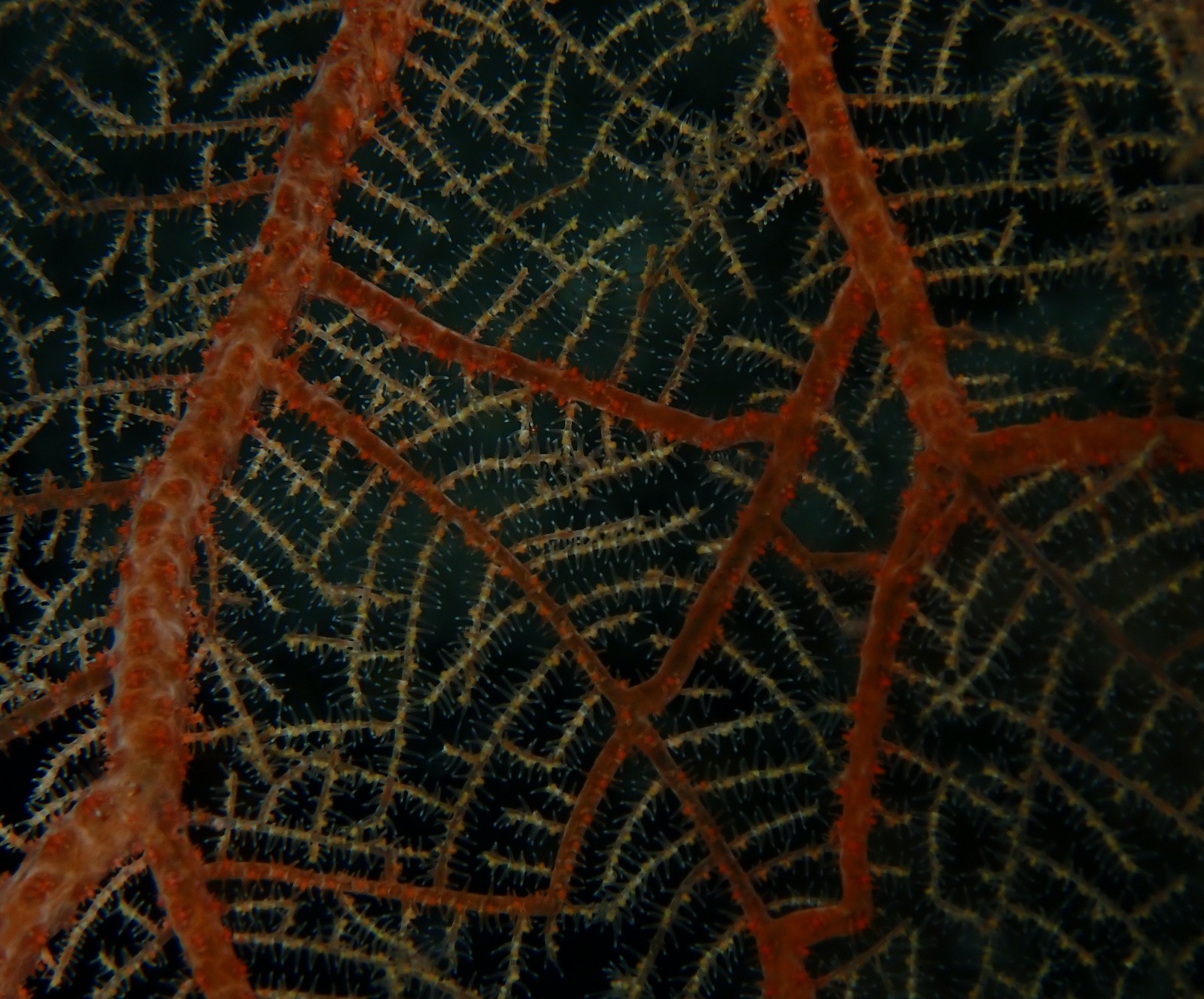
(c) Erika Gress
Other scientific projects are looking for vessels all over the world, including the Maldives to discover new populations of giant manta rays, the Caribbean for research into coral reef ecology post-hurricanes and the Great Barrier Reef as a natural laboratory in the aftermath of mass coral bleaching.
“The oceans are critical to the health of the planet and yachts are uniquely placed to help save them by offering access to often inaccessible areas. The ‘Yachts for Science’ initiative will be a leader in pioneering the exploration and understanding of the oceans," said Sacha Bonsor, Editorial Director at Boat International Media.
More detail on the program can be viewed here.






